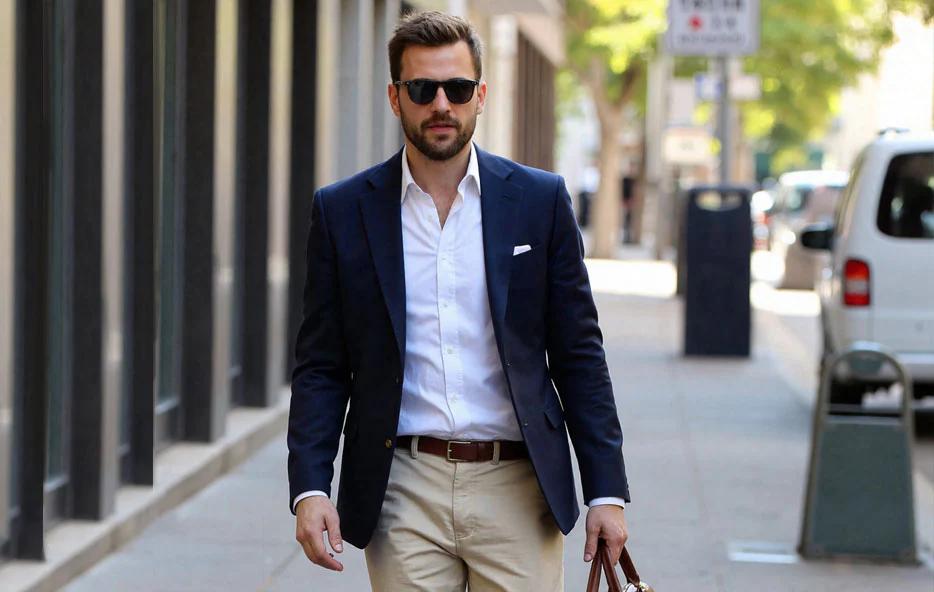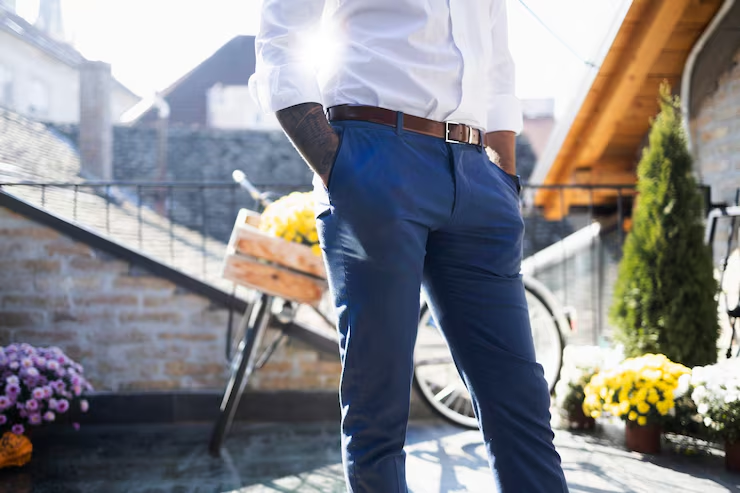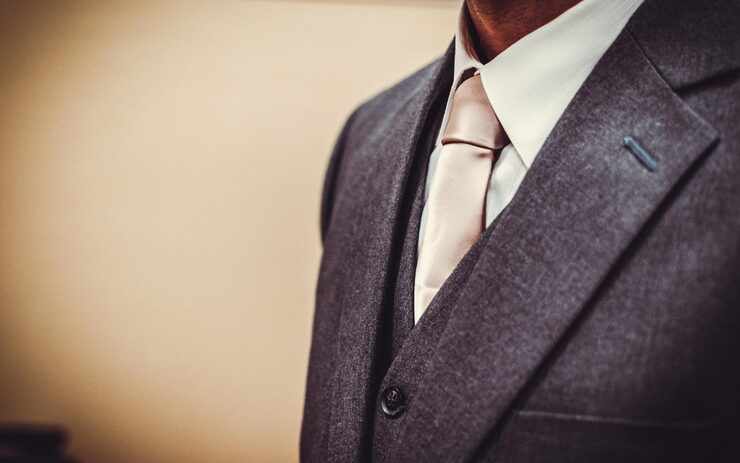
When it comes to men’s fashion, the line between smart casual and business casual can feel blurry. Both styles aim for sophistication without being overly formal, but they serve different occasions and call for distinct wardrobe choices. Understanding the difference is essential for leaving the right impression in both professional and social settings.
At President Tailors, we are the best tailor in Thailand, offering custom tailoring services that help men elevate their look—whether they are aiming for a relaxed smart casual vibe or a polished business casual outfit.
What is Smart Casual Dress Code?
The Smart Casual Dress Code strikes a balance between polished elegance and relaxed comfort. It’s the perfect choice for dinners, weekend outings, networking events, or semi-formal parties.
Key smart casual staples include:
Well-fitted chinos or dark trousers
A crisp button-down shirt or polo
Loafers or stylish sneakers
Optional lightweight blazer for a sharper edge
Smart casual offers room for creativity and personality. A tailored blazer paired with chinos, or a clean white shirt with minimal accessories, can elevate even the simplest outfit.
What is Business Casual for Men?
Business casual for men leans closer to professional attire while still avoiding the rigidity of a full suit and tie. It’s the go-to dress code in many modern workplaces, where looking sharp and approachable is key.
Typical business casual pieces include:
Tailored dress pants or chinos
Long-sleeved dress shirts (solid or subtle patterns)
Dress shoes such as brogues or derbies
Optional blazer or knitwear for layering
Business casual communicates professionalism without feeling overdressed. It works perfectly for office environments, client meetings, and after-work functions.
Are Jeans Business Casual?
This is one of the most common questions men ask. “Are jeans business casual”? The answer depends on context:
In traditional corporate settings, jeans are usually not considered business casual.
In creative or tech industries, dark, well-fitted jeans without rips or fading may pass as business casual if paired with a blazer and dress shoes.
When in doubt, it’s better to opt for chinos or trousers for a safer, more professional look.
Smart Casual vs Business Casual: Key Differences
The main difference between smart casual and business casual lies in formality. Smart casual leans toward relaxed sophistication, making it ideal for social events, dinners, or networking occasions where you want to appear stylish but not overdressed. Business casual, on the other hand, is designed for the workplace—it emphasizes professionalism without requiring a full suit and tie.
Footwear also separates the two dress codes. Smart casual gives you flexibility, allowing loafers, boots, or even clean sneakers, while business casual keeps things more refined with classic dress shoes like oxfords, brogues, or loafers.
When it comes to trousers, smart casual allows more variety, including chinos, tailored trousers, and sometimes dark, well-fitted jeans. Business casual, however, generally sticks to dress pants or chinos, keeping jeans out of the equation in more formal offices.
For tops, smart casual might include polo shirts, button-downs, or even a neat knit, whereas business casual favors crisp dress shirts, often complemented by a blazer or smart knitwear.
Why Tailoring Matters in Both Dress Codes
Whether you’re dressing smart casual or business casual, fit is everything. Poorly fitted clothes can make even the most expensive outfit look sloppy. That’s why bespoke tailored suits and custom-fit shirts are game-changers—they ensure you always look sharp, confident, and perfectly put-together.
At President Tailors, we help men achieve the ideal balance between comfort and style through bespoke tailoring, offering timeless pieces that can transition easily between smart casual and business casual wardrobes.
Final Thoughts
Both smart casual and business casual play important roles in modern men’s style. Smart casual allows for a touch of personal flair, while business casual keeps you polished and professional. Knowing when to wear each is the key to making the right impression.
With the right tailored pieces, you can move seamlessly between both dress codes, ensuring you always look your best—whether you’re at the office, out with friends, or at a formal dinner.









Write a comment ...